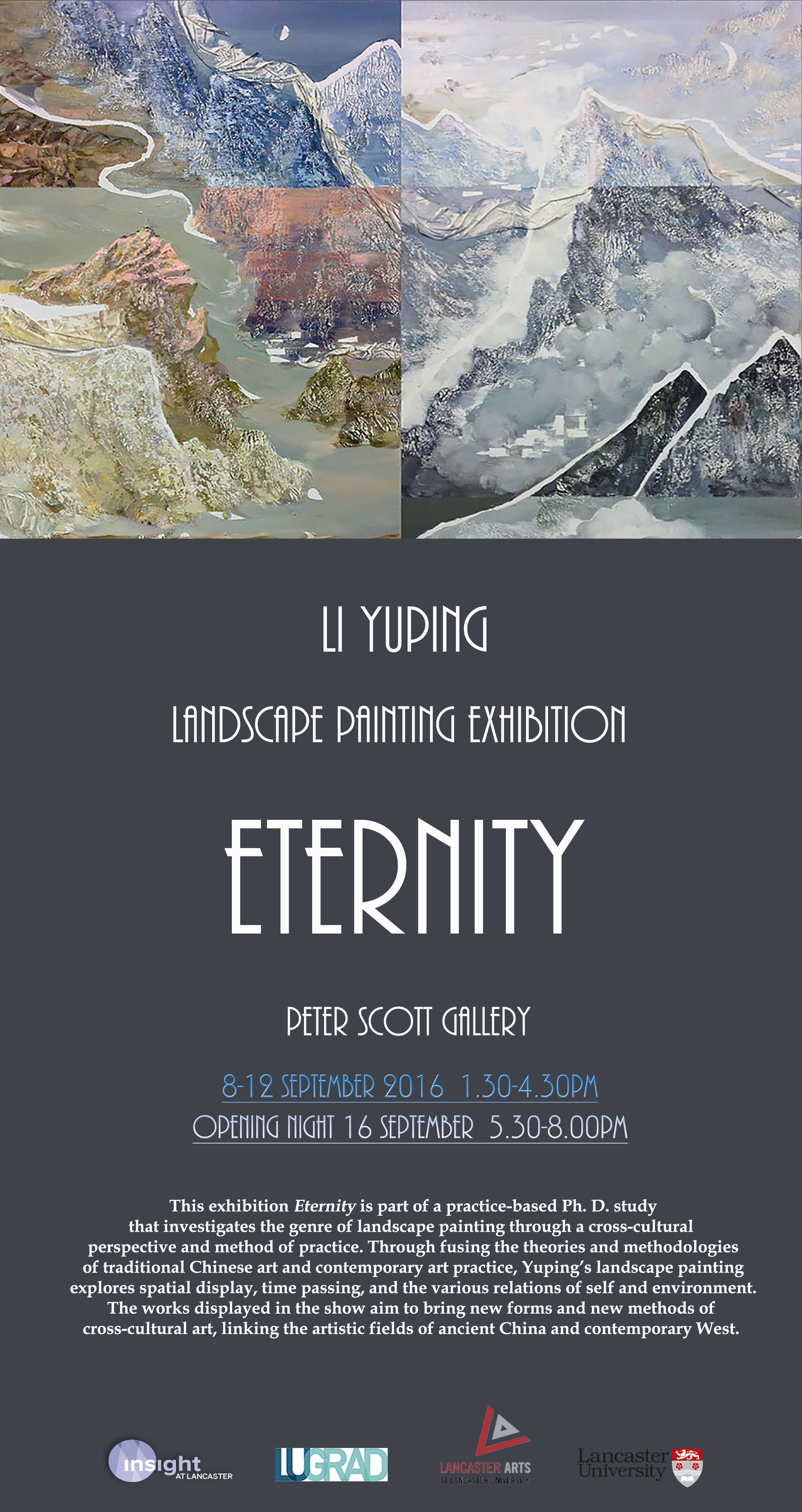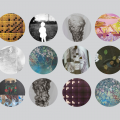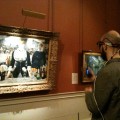Modes of Address in Pictorial Art
Modes of Address in Pictorial Art is a cross-disciplinary research collaboration led by Professor Beth Harland, Lancaster University, with Professor Nick Donnelly and Professor Simon Liversedge and a team of visual cognition scientists at the University of Southampton.
The project encompasses the disciplines of Fine Art Practice, Art Theory and Experimental Psychology and aims to show how we might apply cognitive psychology to spectatorship to build a broader understanding of the process of viewing a pictorial artwork.
The early stages of the research focused on exploring the relationship between historical and theoretical notions of modes of address (defined as the ways in which relations between addresser and addressee are constructed in an image or text) and psychological explorations of the act of art spectatorship. Using portable eye-trackers and speech recorders and a range of qualitative and quantitative methods, we investigated modes of address in pictorial artworks by making their impact on spectatorship explicit. Later stages of the project will include production and spectator testing of new works by artist-researchers.
The aesthetic context for the research is one which was initially theorised in 18th century France, in particular by art historian and critic Denis Diderot. The Salon texts by Diderot, written in the 1760’s, introduce the issue of the relationship between painting and beholder, an understanding of which was of vital importance to the pictorial enterprise and the evolution of painting in France throughout those years and the decades that followed. This context has been developed since the 1960’s in a series of texts by art historian Michael Fried whose work recognises that these continue to be key issues for pictorial practice and spectatorship into the present. Fried has established a theorisation of the structure of the visual, and proposes a formulated aesthetic regime, drawing upon Diderot, in which the basic distinguishing principles are those of ‘absorption’ and ‘theatricality’. While the objective structure that underpins these modes of address has been theorised, the actual visuo-cognitive responses made by spectators to pictorial art exhibiting these properties has not been previously studied.
Having conducted a number of studies around modes of address in painting, we propose to coordinate this work into an extensive framework for applying cognitive psychology to the spectatorship of paintings. The aim is to broaden our understanding of how we encode this particular visual experience and to develop a comprehensive language to talk about spectatorship.






